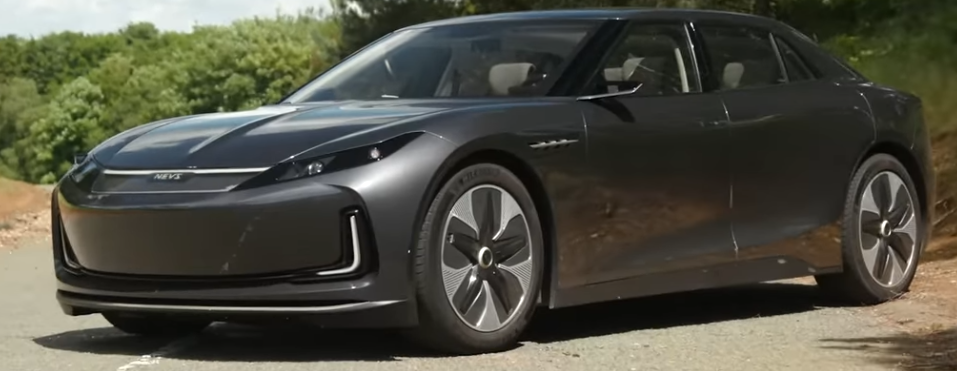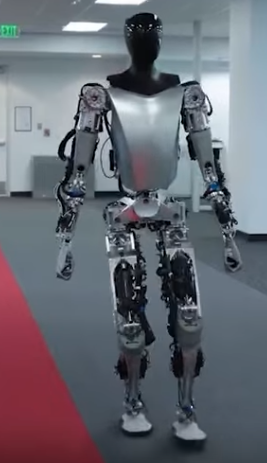The normal electric has from one to four electric motors with one or two being the most common. Typically there will be a motor mounted between wheels with gearing and a differential — not all that different from an equivalent ICE car. But, does it need to be that way? The answer is no.
I expect the reason this is the norm is that it was the logical step from ICE. A transmission is not needed with an electric motor because it produces instant torque at low RPM but, beyond that, just putting the motor where it was in an ICE car seemed like a logical choice. But, modern technology means you can do, electronically, what used to be done mechanically.
Some ICE cars have what is called a limited slip differential. This prevents one wheel from spinning if that wheel on an axle looses traction. This limited slip is done mechanically. But, with today’s electronics it is easy to perform this function electronically. And (properly designed) electronics will be more reliable than mechanical solutions.
If you read my Electric Bicycles article you already know that in wheel motors exist at least at a size suitable for bicycles. Well, it turns out they also exist at a level suitable for cars. When Saab went through its economic death some engineers decided to play with the idea of wheel motors on a car. The result was The Emily GT. This particular video does a good job of both explaining how this wheel motor idea works and actually showing you how well it works. As a bonus, at the end it shows how this was done well over 100 years ago.



